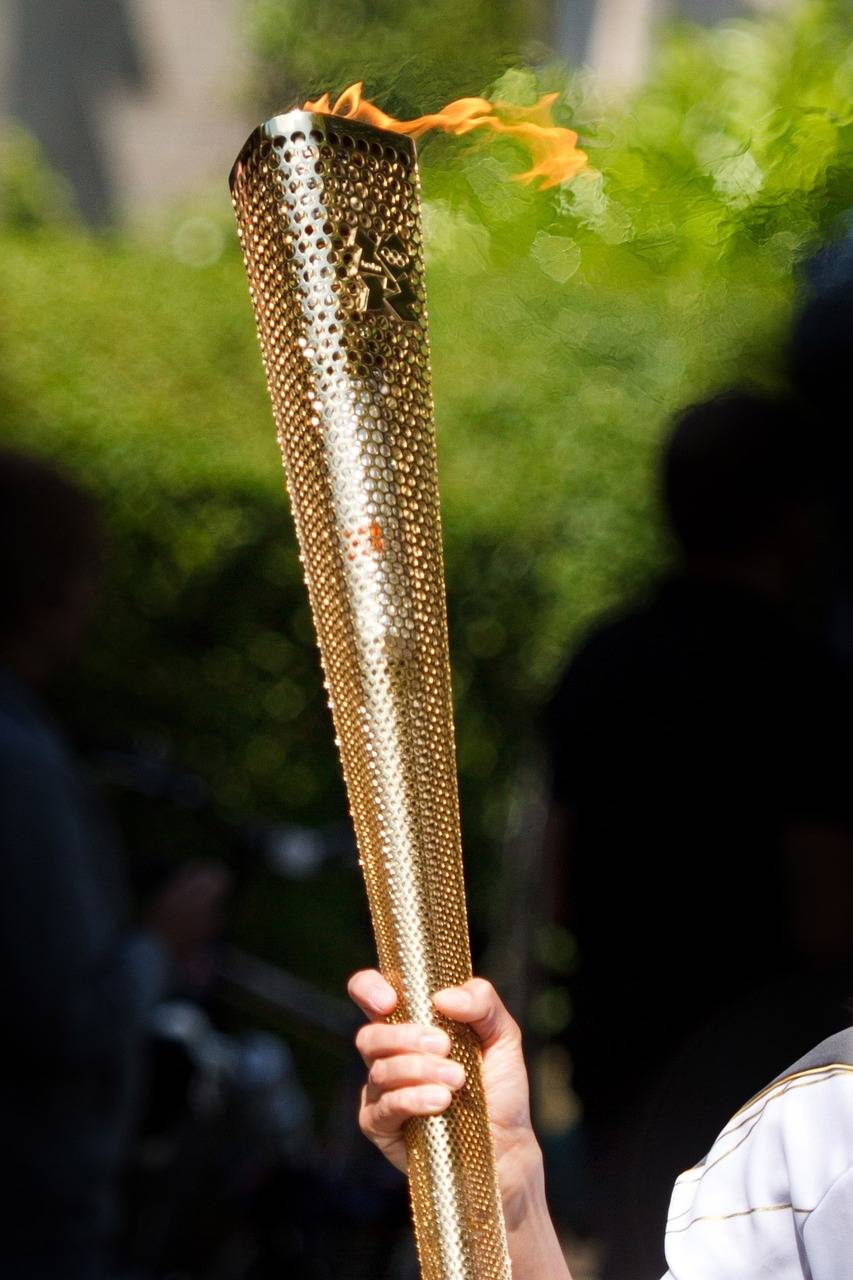Beehive Archive Press Release
Welcome to the Beehive Archive—your weekly bite-sized look at some of the most pivotal—and peculiar—events in Utah history. With all of the history and none of the dust, the Beehive Archive is a fun way to catch up on Utah’s past. Beehive Archive is a production of Utah Humanities, provided to local papers as a weekly feature article focusing on Utah history topics drawn from our award-winning radio series, which can be heard each week on Utah Public Radio.
Utah’s snowy peaks and valleys became the stage for athletes from around the world during the 2002 Olympic Winter Games in Salt Lake. But the Games were much more than a sporting competition.
For 17 days at the dawn of a new millennium, 3.5 billion people paused to watch the Salt Lake 2002 Olympic Winter Games. As the Olympic torch relayed its way across the country and through 45 Utah communities on its journey to Olympic Stadium, Salt Lake prepared to host 2,400 athletes from 77 nations.
While these Winter Olympics were billed as the Salt Lake City Games, they were a source of pride and identity for Utahns across the state. To greet the athletes, organizers built or upgraded ice rings, fast tracks, and powdery slopes.
From the moguls at Deer Valley to the nordic trails at Soldier Hollow, competition venues were constructed with unparalleled attention to international sporting standards. There were frightening pitches – like the 74-degree drop at the start of Snowbasin’s downhill – and dizzying heights – like the 7,350 feet at the ski jumps at Utah Olympic Park in Park City. True to form, Utahns who volunteered for the Games worked tirelessly behind the scenes and as front-line ambassadors. They woke in the dark to shovel sidewalks, prepare meals, and transport athletes.
They fielded questions, gave directions, and managed the crowds that flooded their small towns. Due to Utah’s long legacy of mining, the gold, silver, and bronze medals were the first to be mined, crafted, and awarded within miles of the venues where they were won. Many of the souvenir pins showcased Utah culture, depicting everything from Delicate Arch and Native American pottery, to cowboy boots and minivans, and of course, green jello and fry sauce.
Utah identity was also on show at the opening and closing ceremonies. Leaders from the Ute, Shoshone, Goshute, Paiute, and Navajo nations greeted athletes in their own language. The Golden Spike was represented, while giant dinosaurs loomed over the stadium in a nod to rural Utah’s fossil tourism.
Performers even unfurled a giant pioneer-style quilt across the stadium floor depicting the Olympic rings. When the Winter Games were over, Utahns were left with two important legacies: world-class sporting venues where international athletes still train to this day, and a remarkable experience of pride and unity.
Beehive Archive is a production of Utah Humanities and its partners. This episode of The Beehive Archive was contributed by Alf Engen Ski Museum. Sources consulted in the creation of the Beehive Archive and past episodes may be found at www.utahhumanities.org/stories. © Utah Humanities 2024
Utah Humanities strengthens Utah communities by cultivating connections, deepening understanding, and exploring our complex human experience. UH is funded through gifts from individuals, foundations, and corporations, the Salt Lake County Zoo, Arts, and Parks Fund, the State of Utah, and the National Endowment for the Humanities. Each year, Utah Humanities underwrites hundreds of educational and cultural programs throughout Utah. For more information, visit www.utahhumanities.org or www.facebook.com/utahhumanitiescouncil.

